A photograph of the city through our guest eyes
![]()
![]()
![]()
![]()
![]()
![]()
![]()
![]()
![]()
![]()
![]()
![]()
![]()
![]()
![]()
![]()
![]()
![]()
![]()
![]()
![]()
Italy’s DMCs share with DUCO tips on gastronomy, landscapes, and secret treasures
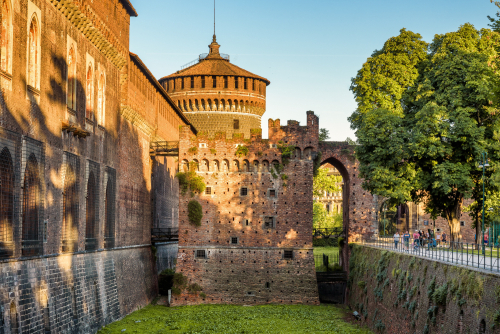

Delve into Milan’s Medieval past with luxury DMC Imago Artis by exploring the impressive Sforza Castle.
What makes it so special?
Originally a Visconti fortress and later turned into a royal palace by the Sforza family, the impressive Castello Sforzesco and gardens sit in the city’s Parco Sempione and today house a variety of museums and libraries. In addition to a wealth of history in the heart of Milan, the castle also houses artwork and frescoes by masters such as Michelangelo and Leonardo da Vinci, to name a few.
How can visitors best experience this gem?
A guided tour with an expert in Medieval History is the best way to follow the various castle and garden paths once patrolled by soldiers on the lookout for enemies, explore the lavish and impressive galleries and museums, and find the best places from where to take in the views of the surrounding Milanese landscape.
For more information about Imago Artis, click here.
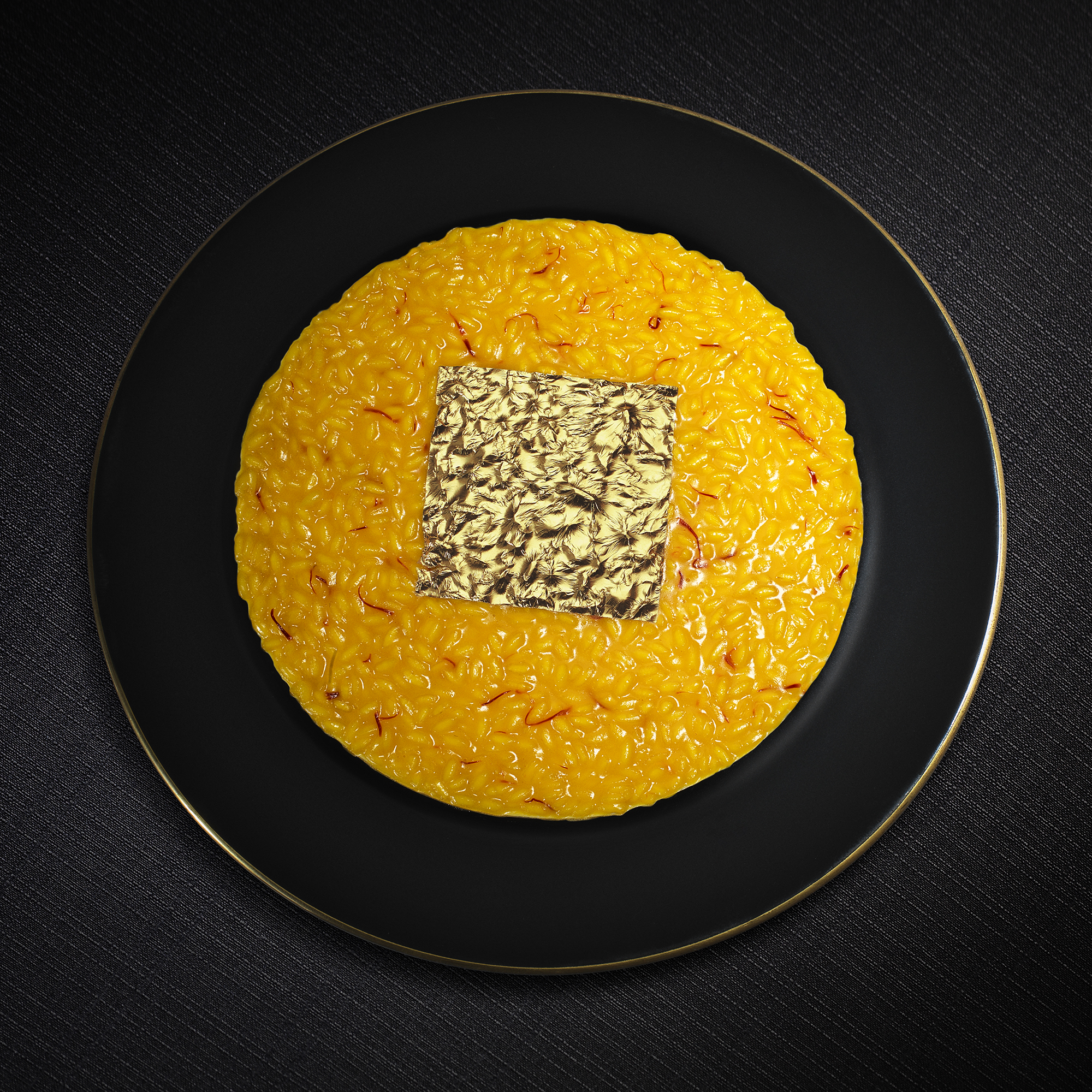
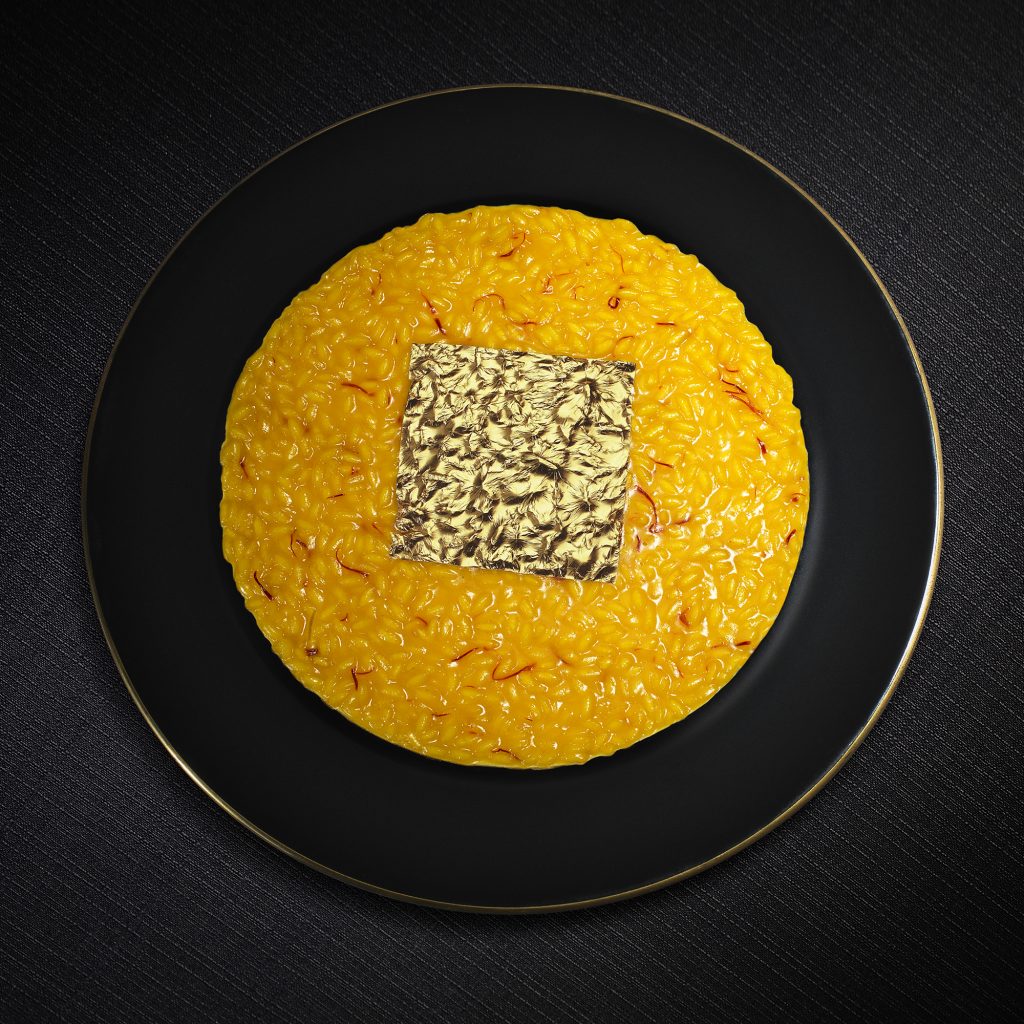
Luxury DMC Access Italy gives us a taste of the golden glory that is Milan’s signature dish: risotto with saffron.
What is the origin of this recipe?
The emblematic recipe of Milan, Risotto alla Milanese, has a very long history. The origins of this Lombard staple come from the Middle Ages when rice and saffron, typically used in Arabic and Kosher cuisine, were brought to Milan by merchants. In the 1300s rice was considered as a spice but starting in the 1400s the Lombardy countryside embraced rice cultivation thanks to its water-rich land.
Legend says that Risotto alla Milanese was born from the minds of two glaziers while working on the windows of Milan’s Duomo: Mastro Valerio di Fiandra and his assistant, called Zafferano. Curiously, the assistant’s nickname takes its origin from his tendency to mix saffron with the glazing colors to make them more brilliant and golden. Zafferano proposed a new recipe to Valerio for his daughter’s wedding menu: mix the colorful spice with rice and butter. It was a simple recipe but created a powerful and distinct flavor that surprised all guests at first taste.
Was this the beginning of its popularity?
Despite its popular culinary debut, saffron continued to be used in paintings and was mostly renowned for its medicinal properties. It wasn’t until the 20th century that rice and saffron took the culinary stage again. In 1977, Chef Gualtiero Marchesi created the first Risotto alla Milanese with Gold Leaf and shared with the world. Thanks to his special recipe, he received three Michelin stars, making him the first Italian chef with this recognition.
Where can visitors get a genuine taste of this dish?
Today, it is possible to taste this traditional dish at the restaurant of the Grand Hotel Tremezzo, on Lake Como. For those who are in Milan, “El Garghet” or “Il Salumaio” are two excellent alternatives.
For more information about Acess Italy, click here.
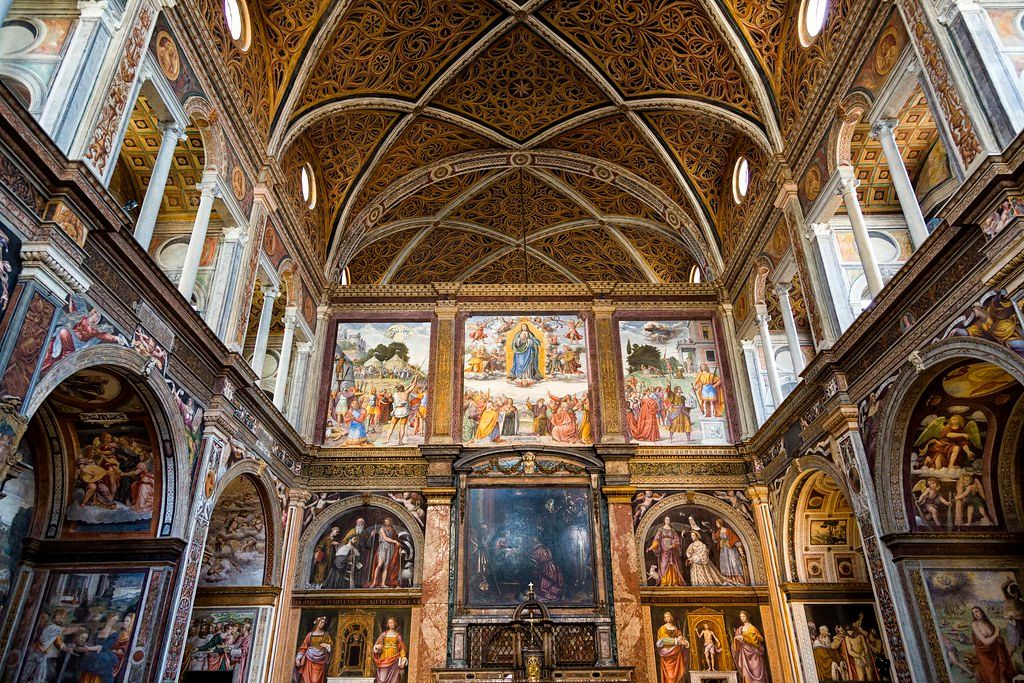

Milan native Tommaso Mardegan of luxury DMC N2S Italia shares the city’s hidden treasure San Maurizio al Monastero Maggiore, sometimes called the “Sistine Chapel of Milan.”
What makes it so special?
I love this site because it perfectly represents Milan: sober and elegant on the outside, incredibly beautiful and rich inside. Milan is a shy lady, and in order to discover her hidden beauties, like secret gardens and noble palazzos, one must get intimate with the city. When you pass in front of San Maurizio’s anonymous gray façade on the vibrant and crowded Corso Magenta, you would never expect the treasure hidden within. But once inside, the 16th Century fresco cycle by Bernardino Luini covering the walls is an explosion of colors to dazzle the eyes.
How did you discover this treasure?
I found out about this site during my university studies as I participated in a project called “Milano Fuoriclasse,” in which I guided elementary school students through town to discover its heritage and culture. One itinerary was dedicated to the “Roman” Milan, with sites from the period in which Milan was the capital of the Roman Empire. San Maurizio was built partially reusing ancient Roman edifices, like the square bell tower which was originally part of the lost Roman Hippodrome.
How can visitors best experience this gem?
Visit San Maurizio either in the morning following a very Milanese breakfast at nearby Marchesi, making pastries since 1824… or before lunch at another very popular local spot in Milan – La Brisa restaurant, offering outdoor seating in a lovely garden.
Instead of suggesting you order the typical Risotto alla Milanese with Ossobuco, I prefer to recommend that you order according to the season! For example, there are incredible Porcini mushrooms in the fall to have as an appetizer, as a primo with risotto, or as your main course with polenta or beef Tagliata.
What else can visitors see in the area?
Corso Magenta is the home of the Santa Maria delle Grazie church, where Leonardo da Vinci’s “Last Supper” masterpiece can be found. Also, Corso Magenta is also home of the Vigna di Leonardo (Leonardo Vineyard), another hidden gem of Milan. And if you’re up for a short walk, the impressive Castle Sforzesco is just a few minutes away.
For more information about N2S Italia, click here.
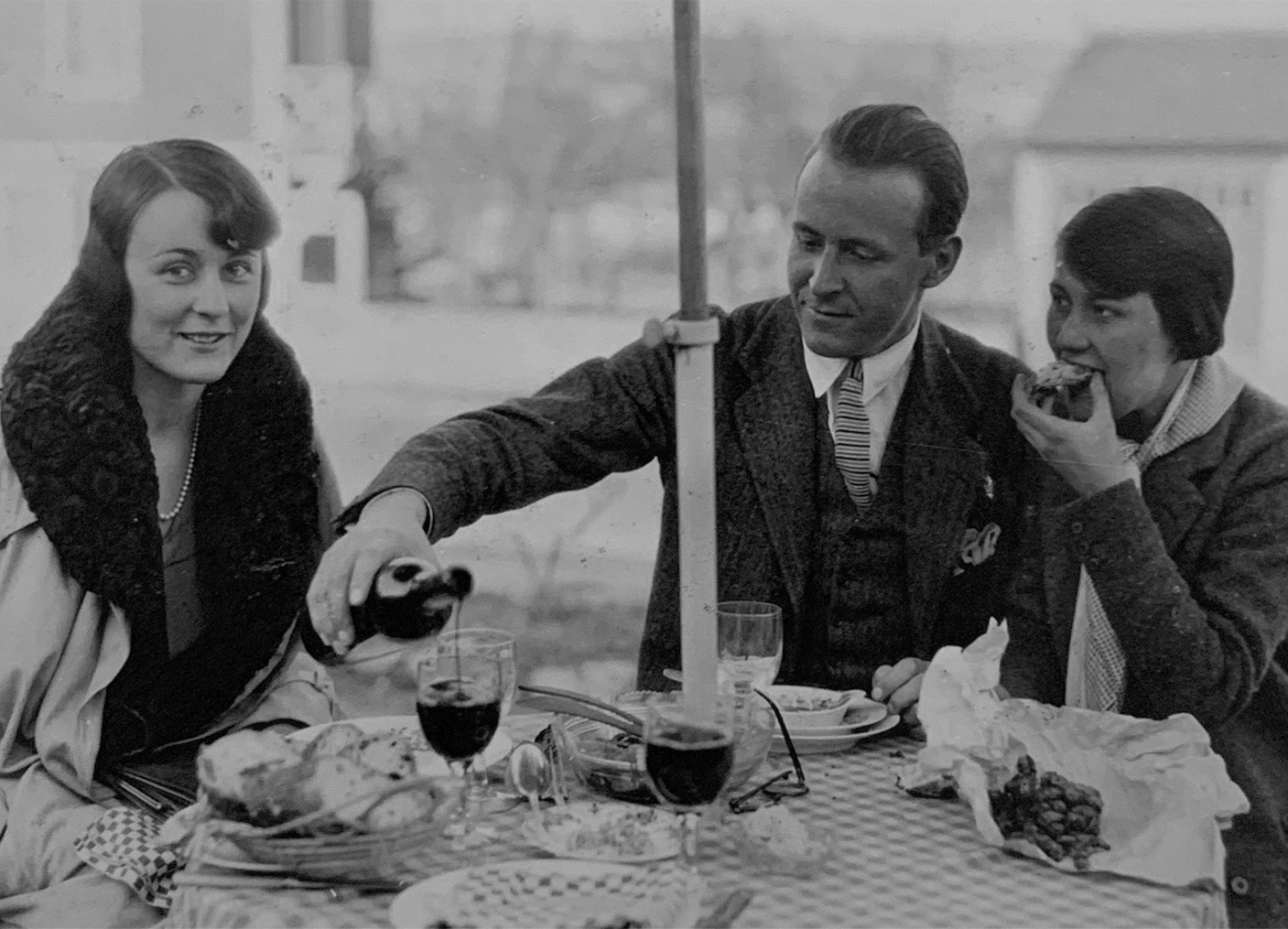
“I can really still appreciate that every time I come back to Milan, there is something new to see: it’s exactly what you would expect from an international cosmopolitan city, but with Italian flair.”
Maria Elena Rossi | ENIT – Agenzia Nazionale del Turismo